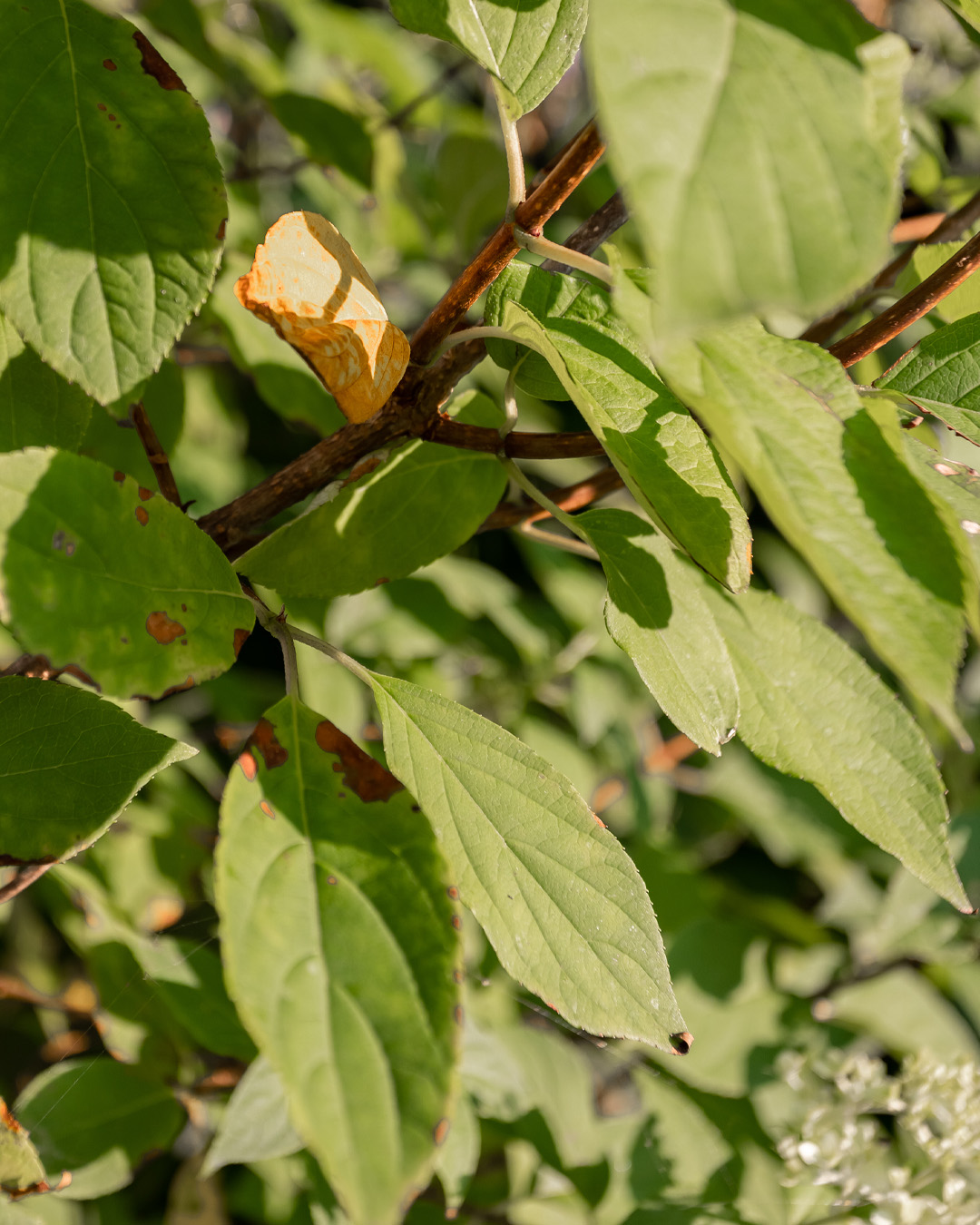An Unbiased View of Hydrangea Leaves Turning Yellow
Table of ContentsThe Buzz on Hydrangea Leaves Turning YellowLittle Known Questions About Hydrangea Leaves Turning Yellow.Getting My Hydrangea Leaves Turning Yellow To Work3 Easy Facts About Hydrangea Leaves Turning Yellow ShownSome Known Questions About Hydrangea Leaves Turning Yellow.Some Of Hydrangea Leaves Turning Yellow
The container ought to be huge sufficient so the plant can expand and get all of the water and nutrients it needs. Panicles love the full sun.No matter of the selection, strategy in advance and make certain your plant has plenty of security from the wind. You could hair transplant to a brand-new place, or you could create a wind obstacle making use of an additional plant, or secure fencing.
Decorative lawn, Rose of Sharon, or Holly bushes are just a few concepts of plants you can make use of to obstruct the wind. If you need to transplant, find a spot in your yard that is well protected from sunlight and wind. Hair transplanting is best carried out in the autumn or the spring.
The smart Trick of Hydrangea Leaves Turning Yellow That Nobody is Discussing
The plants area is the most essential element when it comes to getting well established and correct growth. With a little forethought on growing area and appropriate upkeep, you'll be able to guarantee your hydrangeas!.
If Hydrangea leaves turn yellow and drops off later on, it's usually due to overwatering, as the plant can not uptake water and drops the leaves to cut off transpiration. Following this, Hydrangea leaves begin to droop and shrivel. Since both conditions can establish yellow fallen leaves, you need to identify the distinction in between the overwatered and underwatered plant.
You can save the plant from yellow leaves by using it the proper light and positioning. If your plant obtains yellow fallen leaves, relocate it to a dark area.
Hydrangea Leaves Turning Yellow Can Be Fun For Everyone
Remember, Hydrangeas are just frost forgiving in autumn and wintertime as they go dormant, and temperature level alterations can create yellowing fallen leaves and brown places. If it gets too cozy, the edges of the leaves come to be yellow, turn brownish and establish a crispy appearance. Move your potted Hydrangeas far from drafty north-facing home windows in the winter months.
Hefty soil can conveniently block the oxygen supply to the roots and cut the connection with the top parts of the plant (fallen leaves). Hydrangea leaves change their color if they find minor aggravations in the soil make-up. This problem can create the Hydrangea delegates transform yellow, struggle with fallen leave drops, and provide a saggy plant compatible overwatering.
Yellow leaves in Hydrangeas are the first indicators of disease infestation, commonly followed by black areas, browning, goes down, and wilting. Isolate the infected or Check Out Your URL pest-infested plant from the healthy and balanced plants to stop disease spread. If it is a garden plant, eliminate all the contaminated fallen leaves using disinfected devices and tidy up all the debris.
Some Known Incorrect Statements About Hydrangea Leaves Turning Yellow

Prevent cutting healthy and balanced or eco-friendly leaves, and do not eliminate even more than 25% of the plant's vegetation. Accumulate the thrown out entrusts to melt or compost them. The major reason behind the red leaves in Hydrangea is bad soil or environmental conditions. Hydrangea Leaves Turning Yellow. If Hydrangea leaves have a white powdery substance on them, it implies Powdery Mold infection.
Repot the plant yearly in spring or every 2 years if the growth rate is slow.
Hydrangea Leaves Turning Yellow for Beginners

Each factor affects the plant in a manner that can be dealt with if we understand just how to take care of hydrangeas the best means. When we speak about inadequate light for hydrangeas, we suggest that the plant isn't obtaining enough sunshine. Hydrangeas choose intense light, however see this site not straight, scorching sun. They typically grow ideal with morning sunlight and afternoon shade.
Without enough sunlight, the fallen leaves can turn yellow, the plant can come to be weak, and it might generate fewer flowers. To ensure a hydrangea gets adequate light, it must be placed in an area where it can delight in the early morning light and be protected from the intense mid-day sunlight. Overwatering is when a hydrangea plant obtains even more water than it needs.
Hydrangea Leaves Turning Yellow Fundamentals Explained

Yellow fallen leaves may be an indicator that the plant is getting also much water. On the other hand, dehydration occurs when the plant does not get sufficient water.
This trouble prevails in the fall as the weather condition adjustments or if a hydrangea is planted in an area where it does not obtain sufficient heat from the sun. It's vital to know the ideal problems for hydrangeas to avoid low-temperature anxiety. The majority of hydrangeas grow finest in areas 6 to 9, where the environment is milder.
It is very important to understand that this kind of yellowing is various from the yellowing triggered by problems like excessive water or otherwise enough light. If the yellow fallen leaves are mainly at the bottom of the plant and the rest of the plant looks healthy, it might just imply that the fallen leaves are just obtaining old - Hydrangea Leaves Turning Yellow.